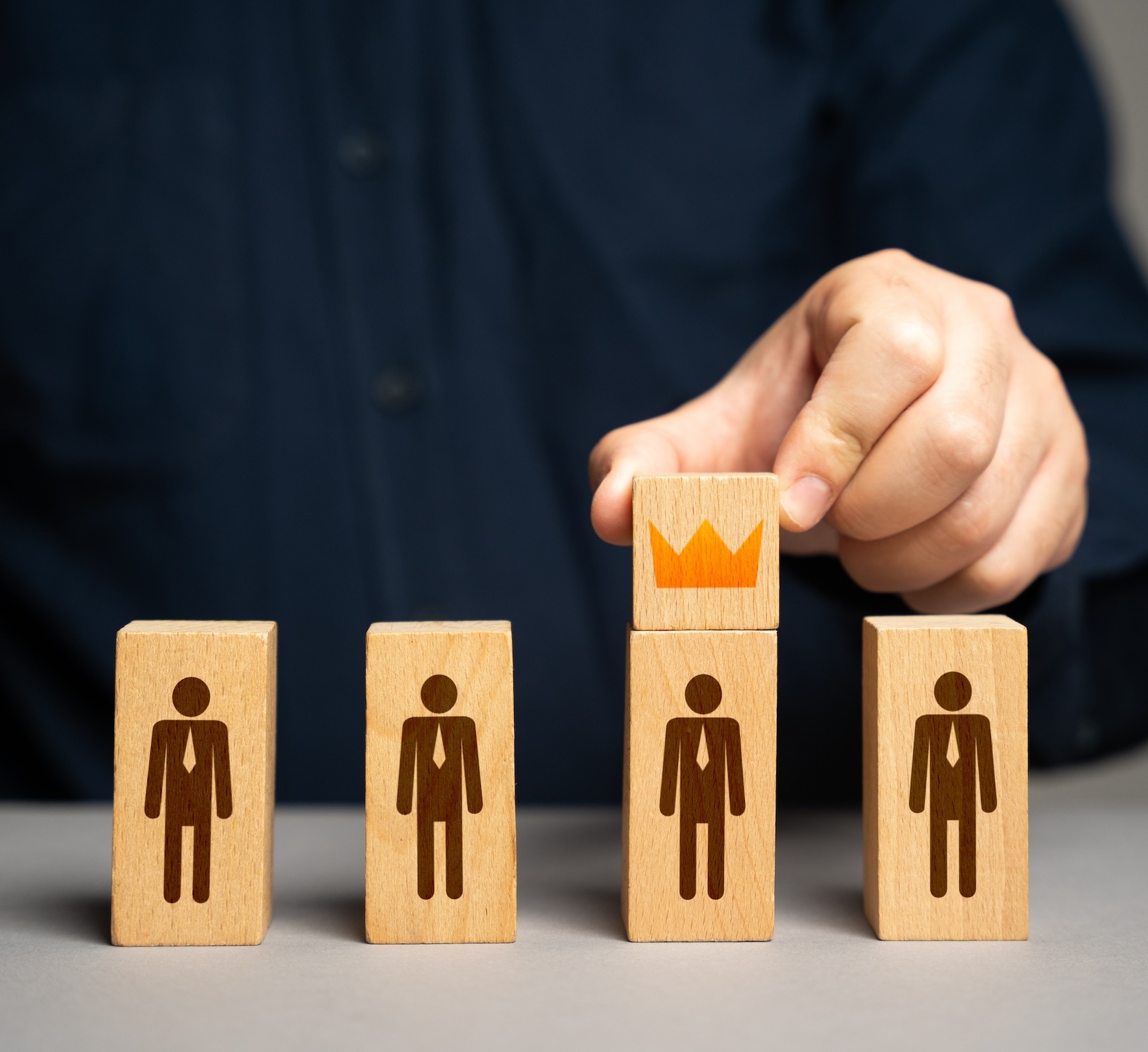8 min read
Take a moment and join me as I travel back in time.
It was five or six years ago, and I was sitting in a room full of HR professionals hearing a case study on how a company was using technology as a way to communicate to their staff. I looked around the room and half the people were shaking their heads in disapproval and the other half were looking at the presenter as if they were speaking a foreign language. Hands quickly sprung up, how could you do something so bizarre, set up a company social media site so employees could openly discuss their rewards, send texts to employees as a way to alert them of upcoming deadlines?
Who in their right mind would do something so risky and intrusive?
Fast forward to the present, and there I was, speaking to a room full of HR professionals at our latest Engagement Excellence Live on the topic of the future of benefits. Much of my presentation was spent talking about how to use technology as a way to communicate and engage with their staff. This time instead of disapproval and confusion I received approval and interest. This time hands sprung up with questions on how and not why, as the majority of them had already begun their technology journey and were interested in how to improve it.
Why is this? How could the world change so quickly in just five or six years? To answer this let me share with you two statistics – the number of mobile phone users has increased by 38% between 2010 and 2016, and the number of social media users has increased by 141% during this same time period. People, our employees, are more connected, they are more tech savvy and are are always on.
Want to use new HR tools to improve employee communications? Learn more in our eBook »
If you’re not convinced, here are some more stats:
So what does this mean to HR?
It means that if we want to meet the needs of our workforce and at the same time keep pace with what is being called the “new world of work,” we need to embrace technology, adding it to our toolkit for engagement.
So how do we do this? In my presentation I focused on three key areas of technology - mobile, social media and something called “device mesh.” Here’s a bit on each:
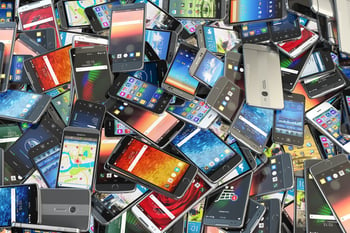
Mobile
As I mentioned, mobile are everywhere, in fact I saw one statistic saying that on average people check their phones 27 times a day and another saying that people touch their phone on average 2,617 times a day. I have no idea which study is accurate, but either way, look around you . . . people seem to always be on their phones!
It's clear that we need to pay attention to ways to engage with our staff using mobile. Here are two ideas to get you started:
-
Text messaging. Texts are great at sharing quick snippets of information such as deadlines or reminders. I used to think of these as intrusive, but many of my employees have stated the obvious which is they would rather a quick text to remind them of something than a long email or even a meeting. So think of how you can use texts to help your employees, and they will thank you.
-
Creating connection.
The easier we can make it for our employees to connect to our HR platforms and systems, the better chance we have that they will engage with them. Mobiles are great way to help employees begin this journey, giving them access through apps or responsive sites (which automatically switches the user from the mobile to a website) on an employee engagement platform to centralize your information. Build these connections for your employees, making their lives easier.
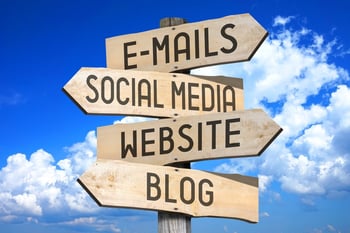 Social Media
Social Media
Social media likewise is everywhere. Did you know that on average a person has five social media accounts at one time? So not only are they on social media but they are flipping from one to the other. From an HR perspective I see this as a great way to get a message across. We’ve all heard that you need to say something at least three times to get a message across, so with five different social media accounts per employee you’ve achieved this through social media alone! Add in other communication media and you’re sorted . . . message sent and received!
One way we’ve used social media recently at Reward Gateway for our employees is with a competition to raise awareness and interaction with one of our benefits, Choose Your Package (holiday trading). Employees were given a paper watch to color, take a picture of with a background showing how they spend their ‘time’, and then post it on Facebook or Instagram. Others could comment and vote on photos posted, further engaging employees with the communications campaign and the benefit. We’re choosing our winners pretty soon!
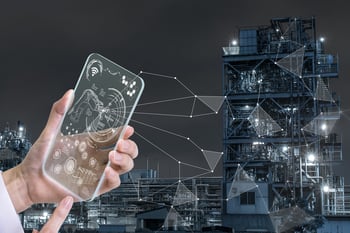 Device Mesh
Device Mesh
The final category I spoke about is something called “device mesh.” This was listed in a recent survey by Gartner as one of the top 10 strategic technology trends which they say will shape digital business opportunities through 2020.
Device mesh refers to an expanding set of endpoints people use to access applications and information or interact others both at work and at home (e.g. computers, laptops, mobile devices, iPads, etc). As the Gartner report says it “provides an experience that flows across and exploits different devices,” which is exactly what companies are putting in place when it comes to reward and communication portals.
A great example of device mesh is how our clients’ employees can use their employee discount benefit. They may go onto the portal on their work computer at lunchtime and select a few items they want to buy at discounted prices, but leave them in their basket as they get pulled into a meeting. Once on the train they pull out their mobile, go into their basket and complete the transaction. So the employee’s shopping experience follows them from device to device. Super simple, right? This presents a great opportunity for the HR function to connect and engage with their employees at any time and on any device, so a win for our employees and a win for the company.
One more set of facts for you:
It’s obvious that HR technology needs to keep pace with what’s happening with other technologies if it’s going to deliver and engage with our employees. In 2017, I urge you to take advantage of all that is out there, whether that’s through technology providers or in-house solutions, and get the best out of technology to support you on your engagement journey.

 Debra Corey
Debra Corey
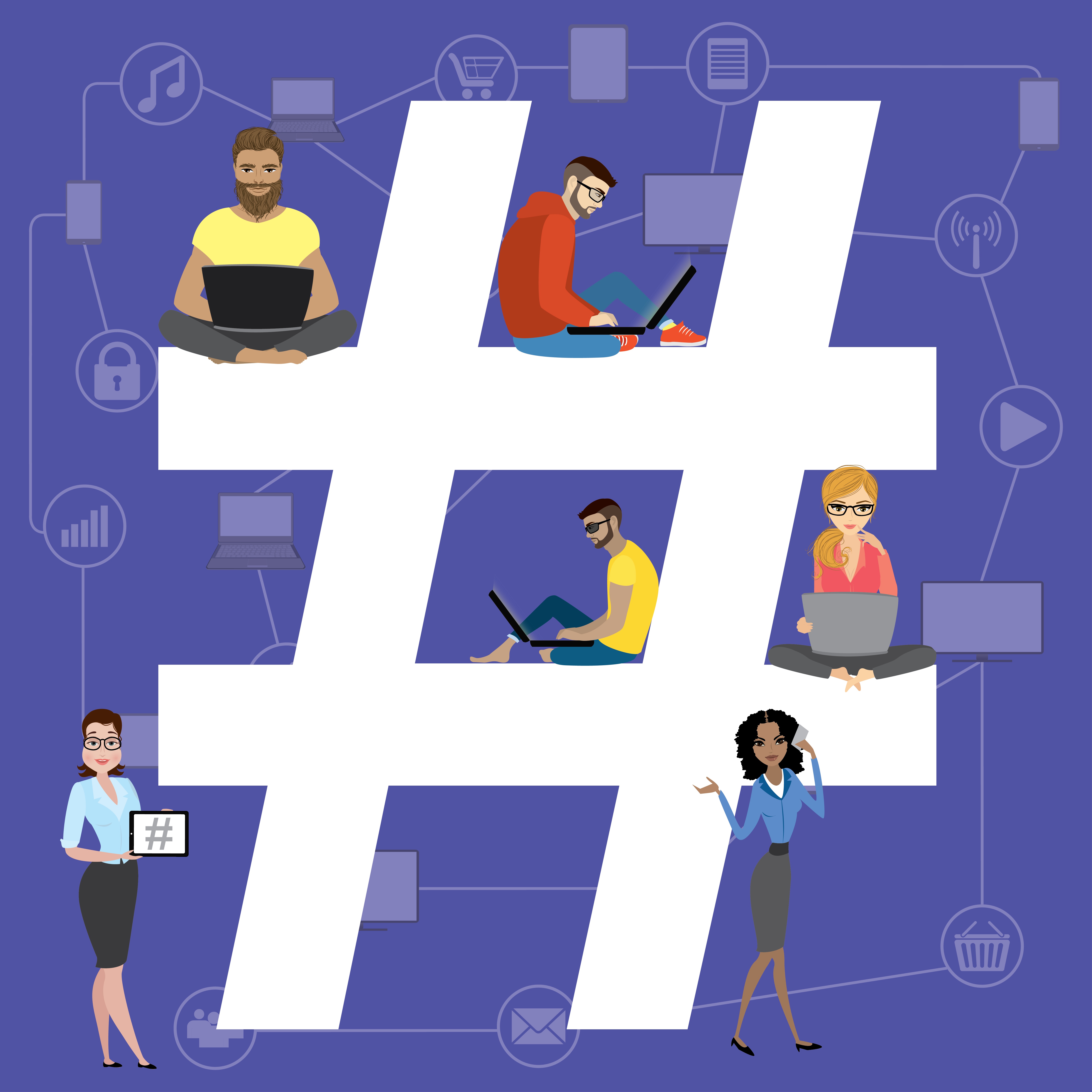
 Social Media
Social Media Device Mesh
Device Mesh

